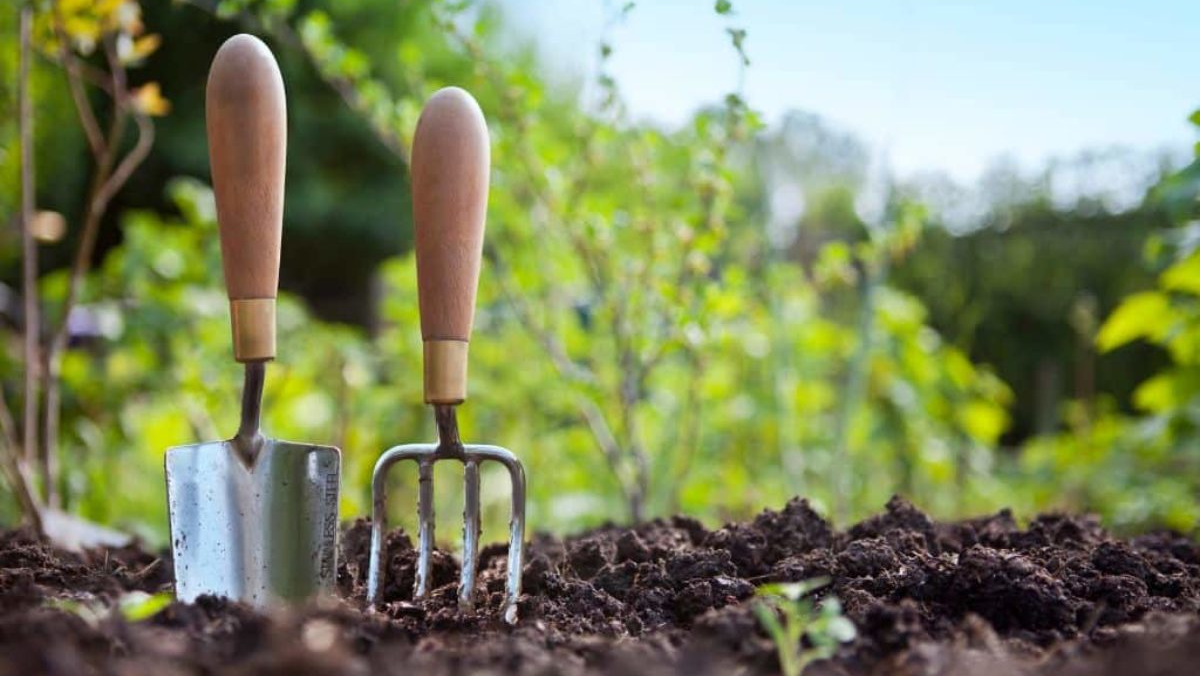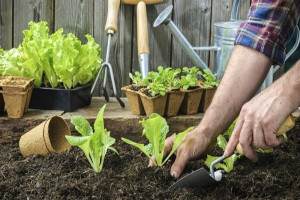
In recent years, gardening has moved far beyond being just a hobby. It has become a lifestyle choice, an environmental responsibility, and even a way to save money. At the heart of this transformation is sustainable garden a practice that focuses on creating healthy gardens while protecting the environment.
Unlike traditional gardening, which often depends on chemical fertilizers, excess water, and non-native plants, sustainable garden is about working with nature, not against it. From reducing waste to conserving resources, this approach offers countless benefits for homeowners, communities, and the planet.
Sustainable garden is the practice of growing plants in ways that are environmentally friendly, economically practical, and socially responsible. The goal is to design and maintain gardens that:
It’s not about giving up beauty or productivity in your garden—it’s about making smarter choices that benefit both people and the planet.
The push for sustainability in garden is stronger than ever, and for good reason. Climate change, rising water shortages, and declining pollinator populations have raised awareness about how we grow and maintain green spaces. Gardens may seem small compared to forests or farmlands, but collectively, they play a massive role in shaping local ecosystems.
For example, when homeowners choose native plants, they attract bees, butterflies, and birds that are essential for pollination. When they cut back on chemical fertilizers, they protect soil and water from harmful pollution. In other words, small changes in individual gardens can add up to big environmental wins.

To better understand how it works, let’s break down the five core principles of sustainable gardening:
Sustainable gardening isn’t only good for the planet—it’s also great for your wallet and community. Here’s how:
Across the world, people are proving that sustainable gardening is more than just a trend.
These examples show that no matter the size of your space whether a balcony, backyard, or large plot you can practice sustainable gardening.

Getting started doesn’t require a big investment. Here are simple steps to begin your journey:
With these small changes, anyone can create a garden that’s both beautiful and sustainable.
Experts believe that sustainable gardening will only grow in importance over the next decade. As urban areas expand and environmental challenges rise, people are looking for ways to reconnect with nature.
Smart technologies like moisture sensors, solar-powered irrigation, and AI-driven garden planners are also making sustainable gardening more efficient. Combined with traditional eco-friendly practices, they offer the perfect balance between innovation and conservation.
Sustainable gardening is not a passing trend; it is a lifestyle shift. It empowers individuals to make a positive impact on the planet while enjoying the beauty and productivity of their gardens. Whether you’re a beginner planting herbs in pots or an experienced gardener managing a backyard, the choices you make today will shape the environment of tomorrow.
By focusing on soil health, conserving water, supporting biodiversity, and reducing waste, sustainable gardening gives us all the chance to grow greener—not just in our gardens, but in our lives.
READ MORE:- Shobha Realty Launches Its Most Luxurious Project Yet—Full Details Inside 2025
